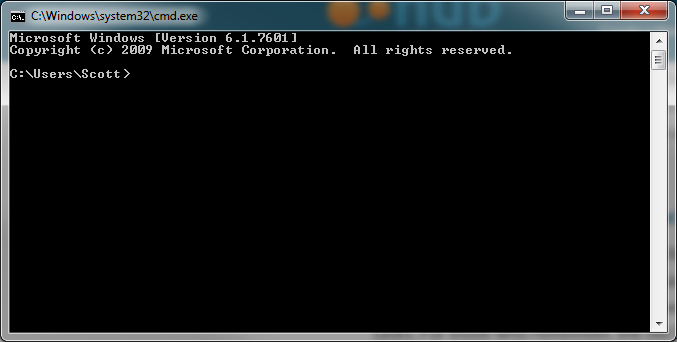

- ECLIPSE SSH SHELL DISPLAY LINE WIDTH HOW TO
- ECLIPSE SSH SHELL DISPLAY LINE WIDTH SERIAL
ECLIPSE SSH SHELL DISPLAY LINE WIDTH SERIAL
Send/receive text via serial communications (usually via the once ubiquitous RS-232 interface). Buffer input text one line at a time (enabling local editing before sending). Terminals were generally very simple devices (hence the term “dumb terminal”) containing only the electronics and compute-power required to: Teletype devices were replaced by computerized Terminals with electronic display devices (usually CRT screens). Ken Thompson and Dennis Richie (standing) working on a DEC PDP-11 via teletype (notice no electronic display) Rise of the Terminals In the *NIX world, this isn’t a problem because *NIX provides a “Pseudo Terminal” (PTY) infrastructure which makes it easy to build the communication plumbing for a Console or service, but Windows does not …īefore we dig into what we’ve done, let’s briefly revisit how Terminals evolved: In the beginning was the TTYĪs discussed in the first ‘backgrounder’ post in this series, in the early days of computing, users operated computers via electromechanical Teletype (TTY) devices connected to a computer via some form of serial communications link (typically a 20mA current loop). 
When building a Console or service, developers need to be able to access/supply the communication pipes through which their Terminal/service communicates with command-line applications. One of those weaknesses is that Windows tries to be “helpful” but gets in the way of alternative and 3rd party Console developers, service developers, etc. We also discussed many of Console’s strengths and outlined its key weaknesses. In the previous post in this series, we started to explore the internals of the Windows Console and Windows’ Command-Line infrastructure. Introducing the Windows Pseudo Console (ConPTY).The Evolution of the Windows Command-Line.Note: This chapter list will be updated as more posts are published: Posts in the “Windows Command-Line” series
ECLIPSE SSH SHELL DISPLAY LINE WIDTH HOW TO
In this, the fourth post in the Windows Command-Line series, we’ll discuss the new Windows Pseudo Console (ConPTY) infrastructure and API – why we built it, what it’s for, how it works, how to use it, and more.






 0 kommentar(er)
0 kommentar(er)
